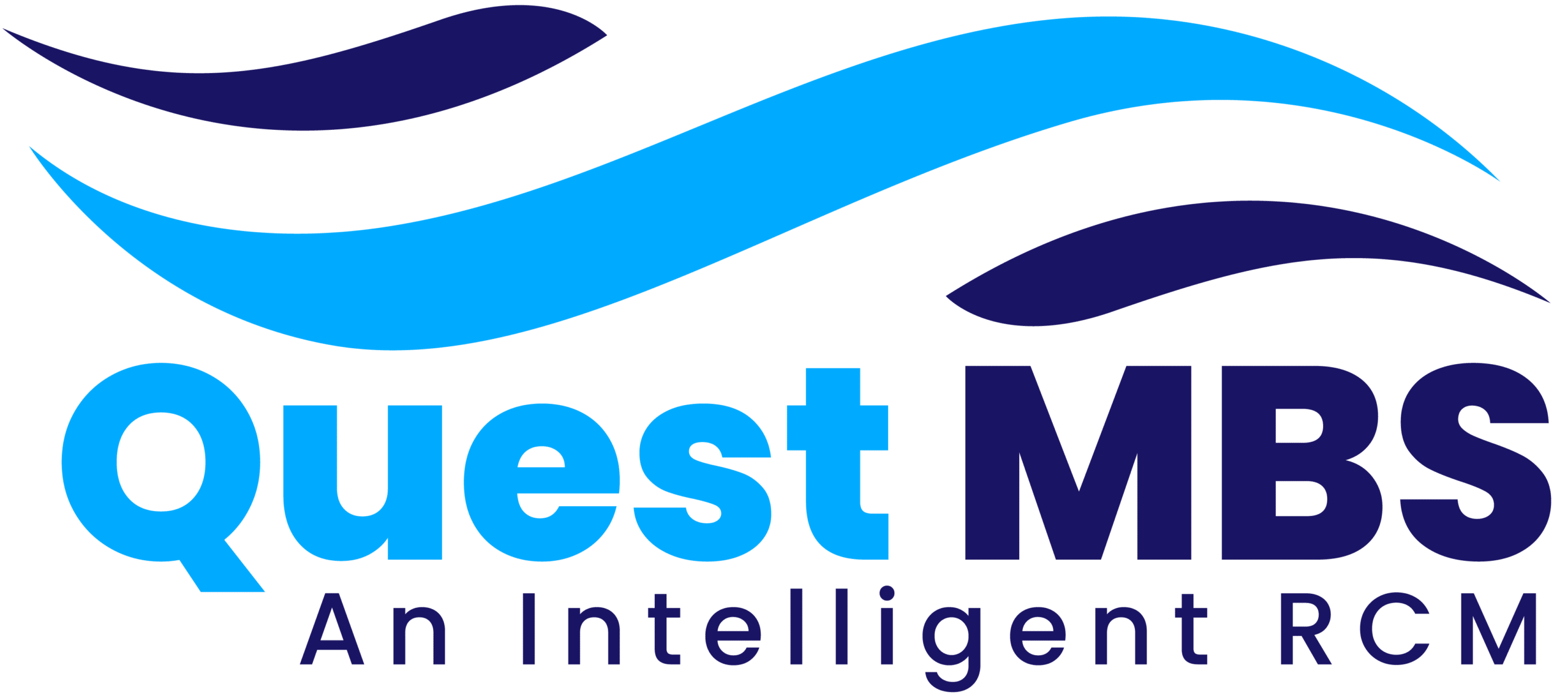Introduction to Credentialing in Medical Billing
In the complex world of healthcare administration, credentialing is often the unsung hero. It is the vital process that allows healthcare providers to work with insurance networks, receive payments, and maintain compliance with industry standards. Without proper credentialing, even the best medical billing systems can fail. For professionals working in medical billing and revenue cycle management (RCM), understanding how credentialing tools work is essential.
This guide introduces you to six leading credentialing tools used across the medical billing industry. Whether you’re a billing specialist, practice manager, or healthcare administrator, these tools can significantly improve your efficiency, accuracy, and compliance in the credentialing process.
What Is Credentialing and Why Is It Important?
Credentialing is the process of verifying a healthcare provider’s qualifications, including licenses, education, training, and work history. This verification ensures that providers meet the necessary standards to offer care and receive insurance reimbursements.
In medical billing, credentialing is crucial because:
- It determines whether a provider can bill specific insurance companies.
- Improper or expired credentialing can lead to claim denials.
- It affects revenue flow, especially for new providers joining a practice.
Credentialing isn’t just about compliance; it’s about ensuring providers can get paid on time and patients receive uninterrupted care.
Top 6 Tools for Managing Credentialing
Let’s look at the top credentialing software tools that are transforming how medical practices and billing companies manage this complex process.
1. CAQH ProView CAQH ProView is a universal credentialing tool used by most major insurance payers in the United States. It allows providers to submit and maintain their credentialing information in one place, which insurers can then access.
Key Features:
- Centralized provider data entry
- Automatic data sharing with insurance companies
- Built-in reminders for updates and re-attestations
Why It Matters for Billing: CAQH ProView reduces redundancy and streamlines communication between providers and payers, speeding up the payer enrollment process and reducing billing delays.
2. Modio Health OneView Modio Health OneView is a cloud-based credentialing platform designed to track provider information, licenses, and documents across multiple states and specialties.
Key Features:
- Real-time status tracking of credentials
- Expiration alerts and document storage
- Multi-state, multi-provider support
Why It Matters for Billing: OneView prevents costly delays due to expired licenses or missing documents, supporting cleaner claims and quicker reimbursements.
3. Kareo Credentialing Kareo offers an integrated credentialing service as part of its larger medical billing and EHR platform, making it ideal for small to mid-sized practices.
Key Features:
- Credentialing and payer enrollment services
- Integration with billing and scheduling modules
- Medicare and Medicaid support
Why It Matters for Billing: Kareo simplifies onboarding new providers into insurance networks, ensuring they are credentialed and ready to bill without unnecessary lag time.
4. VerityStream CredentialStream CredentialStream by VerityStream is a comprehensive solution designed for enterprise-level healthcare systems and hospitals. It automates credentialing, privileging, and onboarding.
Key Features:
- Compliance with NCQA, Joint Commission, and URAC
- Customizable workflows and document management
- Integrated background checks and monitoring
Why It Matters for Billing: CredentialStream ensures accurate, up-to-date provider profiles, preventing billing denials and supporting overall revenue cycle efficiency.
5. symplr Provider symplr Provider is a credentialing platform focused on digital automation and system integration. It serves both small practices and large networks.
Key Features:
- Digital credentialing workflows
- Centralized provider database
- Integration with HR, EHR, and billing systems
Why It Matters for Billing: By syncing with billing platforms, symplr reduces duplicate data entry and helps ensure that only fully credentialed providers are included in claims.
6. CredentialMyDoc CredentialMyDoc offers user-friendly credentialing and enrollment management. It’s particularly popular among private practices and billing services.
Key Features:
- Built-in CAQH integration
- Real-time dashboard and expiration alerts
- Payer enrollment tracking
Why It Matters for Billing: This tool supports end-to-end credentialing and payer enrollment processes, giving billing teams visibility into credentialing status and avoiding billing setbacks.
How Credentialing Impacts Medical Billing Success
Credentialing isn’t just a compliance checkbox; it’s a key driver of financial performance. Delays or errors in credentialing can:
- Lead to denied claims
- Disrupt patient services
- Impact cash flow and revenue cycle metrics
For billing teams, using reliable credentialing tools means:
- Faster payer enrollment
- Accurate claim submissions
- Fewer denials due to credentialing issues
- Streamlined communication with payers and providers
Challenges in Credentialing and How Tools Solve Them
Credentialing can be time-consuming and error-prone when handled manually. Common challenges include:
- Inconsistent provider information
- Missed license renewals
- Slow payer responses
- Lack of transparency in status tracking
Credentialing software addresses these by:
- Providing automated reminders for renewals
- Creating a centralized, accessible data hub
- Offering dashboards for credentialing progress
- Enabling real-time updates for billing teams







